Pear variety Lada
Lada is an early summer pear variety of the Moscow Agricultural Academy named after V.I. K.A. Timiryazev. Bred through crossing of 2 varieties - Olga x Forest beauty... The authorship is assigned to Russian breeders: S.T. Chizhov and S.P. Potapov. In 1993, the variety was entered in the State Register for the Central, Central Black Earth and Middle Volga regions. This pear is very widespread in the Moscow region.
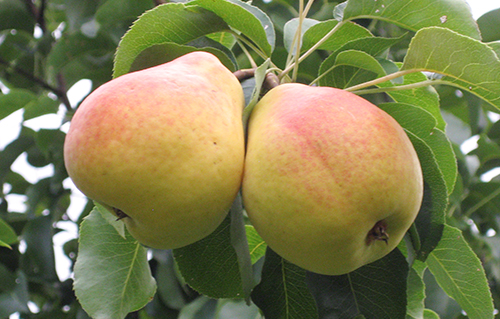
Lada pear trees are of the standard type and are of medium size. The crown is medium thickened, medium leafy, funnel-shaped in shape at a young age, pyramidal or cone-shaped at the time of fruiting. The bark on the stem is dark gray in color, on the skeletal branches it is gray. The rings are sessile, final. This variety is characterized by a mixed type of fruiting.
The shoots are rather long, medium in thickness, slightly curved in shape, in cross section - rounded, brown in color. The internodes are short, not fuzzy. Lentils are quite small, located at the surface level, on the shoot are present in small numbers. The buds are dark brown in color, slightly deviated, conical in shape. The leaves are medium in size, green in color and elongated-oval in shape. The leaf blade is elastic, smooth, of medium thickness, curved along the central vein, not pubescent on both sides. The edges of the leaves are serrated. The petioles are of medium length. Stipules fall early.
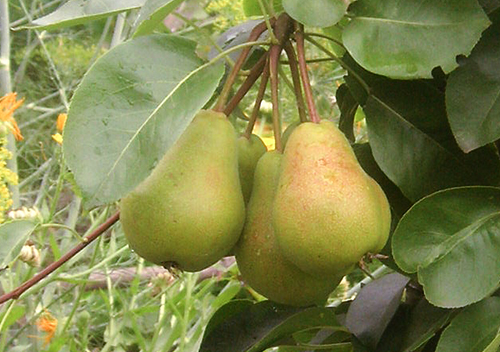
The flowers are medium-sized, cupped, white corolla, medium-tight petals with solid edges. The buds are white. Inflorescences of the corymbose type (racemose), each containing an average of 5 to 7 flowers.
Fruits are below average size (the weight of one pear is usually 100 - 110 grams), with a smooth surface, thin skin, obovate in shape. By the main color, the fruits are light yellow, the integumentary color is expressed by a weak blurred blush of light red. The subcutaneous points are moderately expressed. A slight rustiness may be present on the skin near the stalks. The stalks are of medium thickness, short in length. There is no funnel. The saucer is small in size, narrow in shape, lumpy. Open cup. The sub-cup tube is medium in size. The axial cavity is average in size. The heart is oval and rather weakly expressed. The seeds are brown in color, medium in size, the fruit contains less than 5 of them.
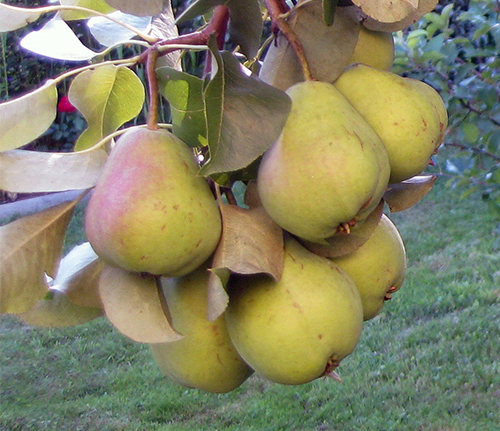
The pulp is yellowish-white in color and is characterized by a medium-dense fine-grained structure; the taste is moderately juicy, sour-sweet, slightly aromatic (tasting score is 4.1 - 4.4 points). By chemical composition, the fruits contain: dry substances (15.7%), soluble substances (12.2%), the amount of sugars (7.2%), titratable acids (0.27%), P-active substances (92 mg / 100 g). According to the purpose, the variety is universal.
Lada belongs to the early ripening, early summer varieties. In maturation, the fruits are stored for a short time, a maximum of 2 months (provided that the temperature is maintained at 0 ° C). Trees are characterized by low shedding of ripe fruits. The level of fruit transportability is rather low. The commercial qualities are high.
Pear Lada is partially self-fertile. The best pollinators for her can be: Rogneda, Severyanka, Skorospelka, Chizhovskaya, Muscovite, Space, Otradnenskaya, Memory of Zhegalov.
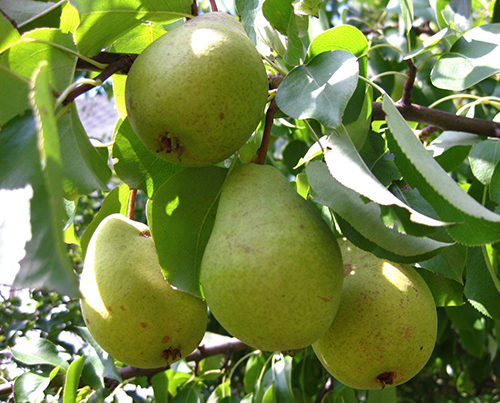
The early maturity of this pear is quite high, the trees enter the fruiting season 3-4 years after budding in a nursery. The yield is high, an adult tree can bear up to 50 kg of fruit. Fruiting is annual, regular. Winter hardiness is at a high level. Also, the variety is highly resistant to extremely unfavorable environmental factors and to major diseases.
The obvious advantages of this pear are: good early maturity, high winter hardiness and productivity, high resistance to scab and other diseases.
The disadvantages include the short storage and consumption of the fruit.Ideally, ripe fruits are recommended to be consumed directly from the tree.
Lada trees take root well in almost any climatic conditions, so they are recommended to be planted in many parts of the country.
Fertile soils (black earth, loam, gray forest soil) are most favorable for planting trees. In poor soils, it is highly desirable to regularly apply mineral fertilizers to them. The variety is quite hygrophilous, so it is important not to allow the soil to dry out completely. With scant precipitation, it is recommended not too frequent, but plentiful watering, especially during the period of active growth and filling of fruits (that is, from June).
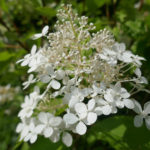
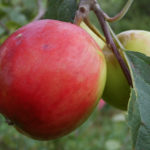
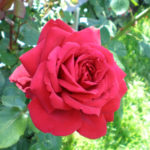
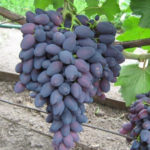
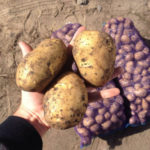
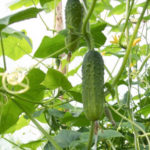



On my site, this is the most problematic pear variety. The reason is a disease that manifests itself as a bacterial burn. Leaves and branches turn black and dry. A young tree dies in one to two months. If the tree overcomes and survives, then it feels great. Lada is also growing in the neighboring area. After abundant fruiting, the pear is frozen, and has not been able to recover for five years. The reason is thaws, which usually occur in the middle of winter, followed by severe frosts. The fruits are really delicious, much tastier than any pears in the store. I advise everyone to try to grow this variety.
In our area, Lada is quite common. Our gardeners praise her. I have long wanted to get hold of this variety, especially since I saw their abundantly fruiting tree at the neighbors' (they even put props under the branches). And the taste is wonderful - the neighbors were treating me, and the fruits just fell to me over the fence. But I was not immediately lucky with this tree. The first seedling did not take root. A year later, I tried again, already successfully. She insured herself for the first winter and covered the seedling. In the spring I fed them with mineral fertilizers, ash, and this had a good effect on the growth. I did a little pruning, but only those branches that grew inside the crown. Now my tree is four years old. This year I just got a harvest, not very big, but I'm still glad - I really like the taste of the fruits. Of course, their big minus is that they do not lie for a long time, but I have a good cellar, I laid part of the harvest there, the fruits lasted a couple of months, and the rest was eaten, one might even say - from the tree!
This variety is so far the only fruiting pear on the site. The first harvest was taken when the tree was seven years old. It seems to me that this is due to the absence of other pollinating pears around. The neighbors planted a tree on their plot and our pear, finally, began to delight with the harvest. The fruits are very tasty and juicy. You need to eat right away, ripe ones are not stored at all. Already on the third day, they begin to deteriorate. Ripen in the second half of August - early September. Sometimes they spoil already on the tree - the core softens and darkens. They practically do not fall off the tree, even in strong winds. Every year the pear is struck by some kind of disease - the leaves turn black. We treat with antifungal drugs. Now our pear is 10 years old. The harvest is enough to eat, treat all the neighbors, process it for the winter (cut and freeze). Bears fruit every year. Excellent variety.
Dear Irina, iron vitriol will help you ... Read the instructions and you will be happy ...